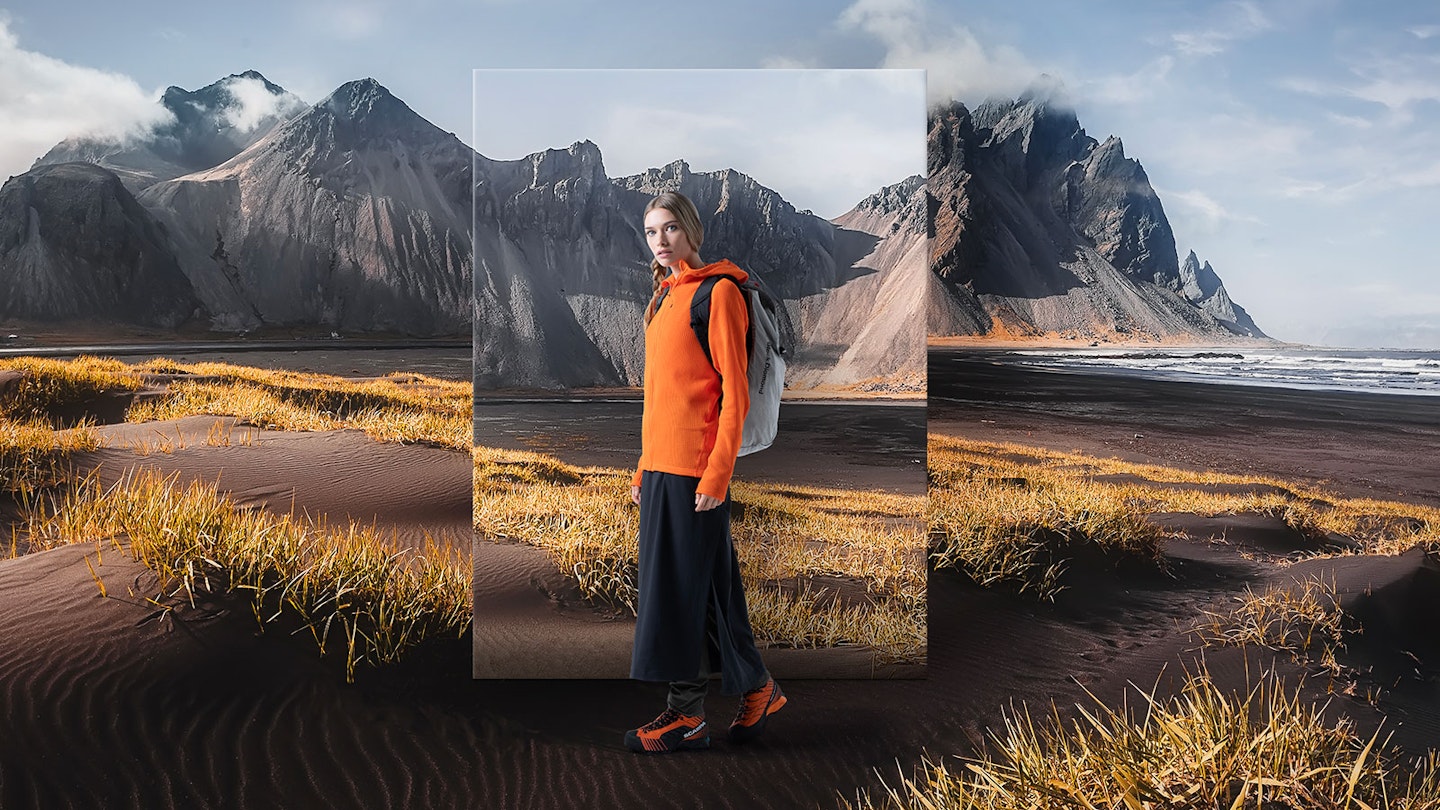From technology first pioneered for the Special Forces, to market-leading fabrics that were the first to target the environmental problem of shedding microfibres, Polartec has become a household name used across multiple outdoor brands, right across the world, in the harshest environments.
Any seasoned walker will remember those early days of the trusty PolarFleece jumper, an essential companion in the mountains. Since creating the original fleece in 1981, Polartec has been at the forefront of design and innovation. The result? The range of base and mid layers that warm and wick has exploded. From technology first pioneered for the Special Forces, to market-leading fabrics that were the first to target the environmental problem of shedding microfibres, Polartec has become a household name used across multiple outdoor brands, right across the world, in the harshest environments.
Related: Best Jackets
Today we have a lot more choice when it comes to a dependable mid layer. You can now match your precise needs to keep you warm and comfortable, whatever the weather. Here’s our guide to the Polartec fleece technology that will keep us warm in the mountains; now, and for many more years to come.
The best of Polartec
Polartec Alpha
It’s not often you can say you’re wearing something created for the US Special Forces. Polartec Alpha was invented to provide a superior “active insulation” system for extreme temperature variations and the start-stop nature of combat. Engineered for consistent warmth and greater breathability during activity, it’s perfect for mountain adventures. The air exchange technology keeps you comfortable whether you are slogging uphill, or enjoying the summit view, so you don’t have to constantly add and remove layers.

Classic Fleece
In 1981, Polartec (known as Malden Mills at the time, then PolarFleece) forever changed the way the world dresses for cold weather with the invention of the Polar Synthetic Fleece. Polartec was the first company to knit, nap, and shear synthetic yarns into thermal fabric for outdoor wear. Polyester fibres were specially engineered for more versatile durability. With greater resilience, lightweight warmth and fast dry times, this technology remains the industry standard for outerwear performance. Today, many hiking garments use the 100% recycled version that is now available.
Power Air
Polartec Power Air is a revolutionary knit construction that traps fibres into small pockets. This both retains warmth and reduces microfibre shedding. In fact, it was the first technology to target the problem of microfibres. This performance fabric has advanced thermal efficiency that sheds up to 5x less than other premium mid layer fabrics. Why does shedding matter? It was discovered quite recently that tiny fibres shed from synthetic fabrics such as fleece were ending up in the oceans and, ultimately, the food chain. Technologies like Power Air are helping to tackle this environmental problem.

Power Grid
Polartec Power Grid is the next generation of fleece fabric engineering. Lighter and warmer than its traditional rivals, Power Grid uses air channels in a patented grid construction. It’s the master of performance and efficiency by increasing warmth and breathability, while also reducing fabric mass. These geometric patterns improve compressibility, wicking, and add technical style. By reinventing thermal warmth possibilities, Power Grid is a minimalist design that maximises fabric performance.


